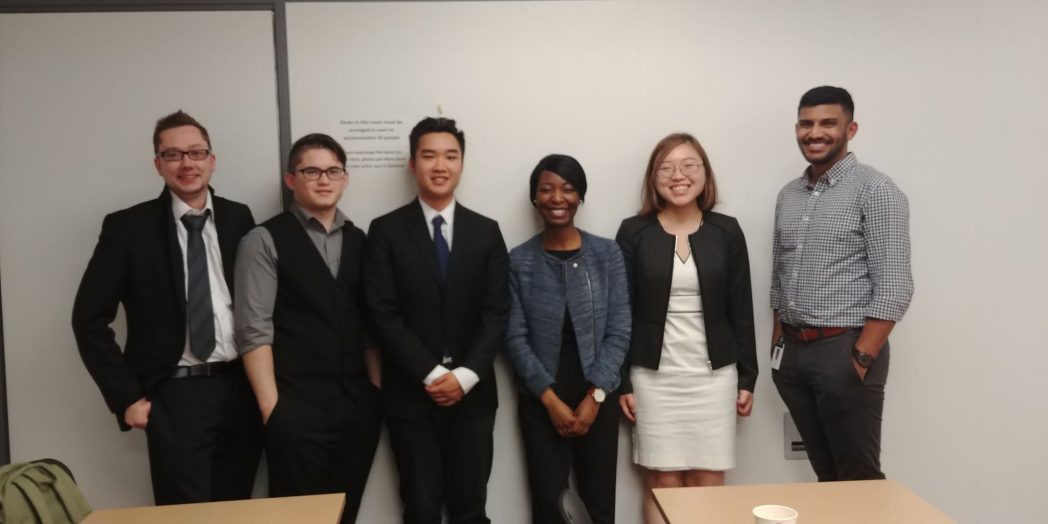Adapting Municipal Transportation Policies for Connected and Autonomous Vehicles with the University of Waterloo
By Vikram Hardatt
Date
May 16, 2018A new mobility ecosystem is emerging, and it’s built on choice. Connected and autonomous vehicles (CAVs) and Smart Cities can facilitate flexible urban movement through a multi-modal approach that champions shared roads, first-last mile connections, and integrated streetscape designs. As CAVs become widely adopted by the public and technology improves, car-related consequences such as collisions and air pollution may become a thing of the past. Alternatively, CAVs may carry significant risks such as increased auto usership. This could lead to more congestion and contribute to urban sprawl, furthering outwards development rather than upwards development. Working with the University of Waterloo 4th-year students, IBI Group developed potential suburban transportation policy recommendations to tackle the challenges municipalities now face in a rapidly-evolving transportation industry.
Trying New Hats
As part of the University of Waterloo’s School of Planning capstone project, two groups of 4th-year students put on their “consulting hats” and competed to win IBI Group as a client. Under an intense deadline, the student groups prepared proposals that offered unique approaches to the same problem. We evaluated their proposals, awarded a winner, and set out to complete the research project with both groups. Over the course of the semester-long project, both groups kept up with the tight timelines while IBI staff worked with them to provide guidance and offer suggestions about their work through weekly check-in meetings and draft reports. The students researched case studies, different CAV adoption scenarios, and developed potential policy recommendations to address the challenges they identified in their research.
As a recent graduate new to the consulting world, the exercise of preparing an RFP, evaluating proposals, and managing teams to complete deliverables on time was a unique and welcomed experience. I put on the “client hat”, which helped me grow significantly in my role at IBI Group to understand what clients are expecting in their proposals, how to manage multiple teams and projects, and quality of deliverables. Working with experienced students provided various learning opportunities for both myself and the students through a professional mentorship relationship, while taking a detailed look into how the transportation industry is preparing for the next generation of mobility.

Vikram Hardatt with the University of Waterloo students
Shifting Urban Futures
We already know that creating an integrated, multi-modal transportation system that takes advantage of emerging technologies can make walking, cycling, public transit, and car-sharing more attractive for suburban communities. CAVs might be the key to the solutions we need today, but may create new, more complex problems tomorrow. One thing is for certain, we need to continue to prepare for how this technology can affect our cities, transportation systems, and travel behaviour. Working with the Waterloo students only confirmed this knowledge, and made clear the complexities that coincide with transportation planning in this rapidly-evolving world.
Photo by Andre Recnik on Wikimedia Commons







